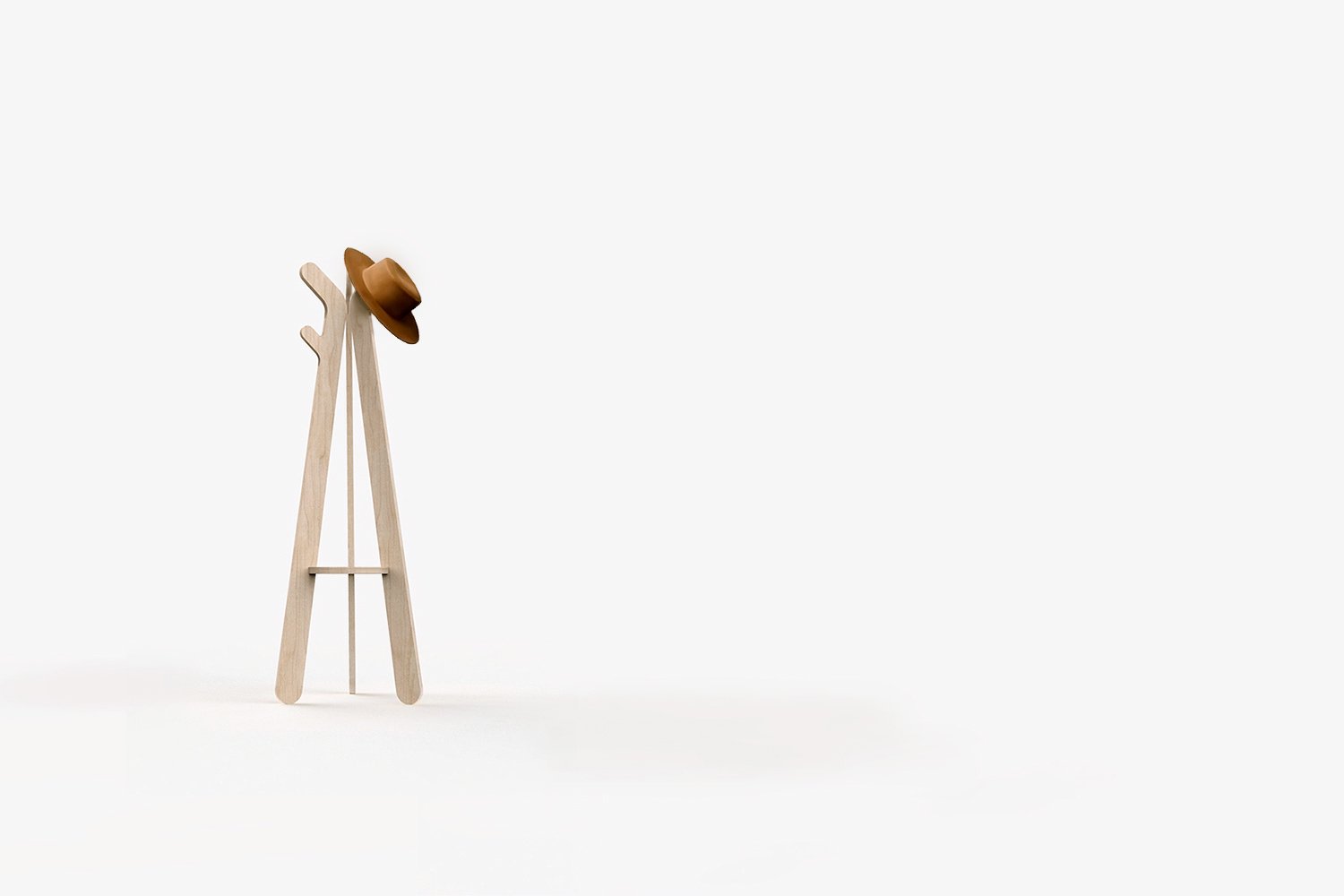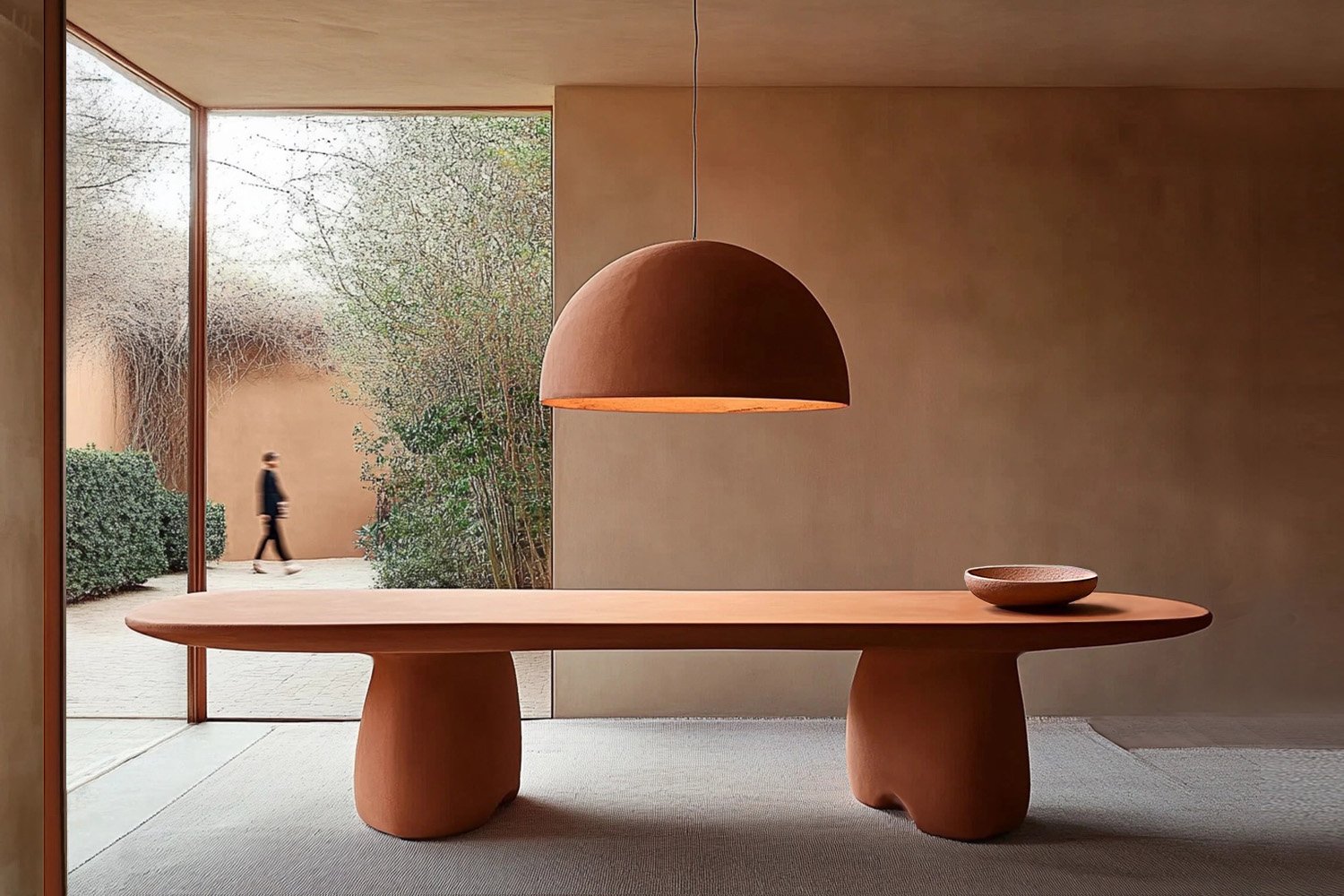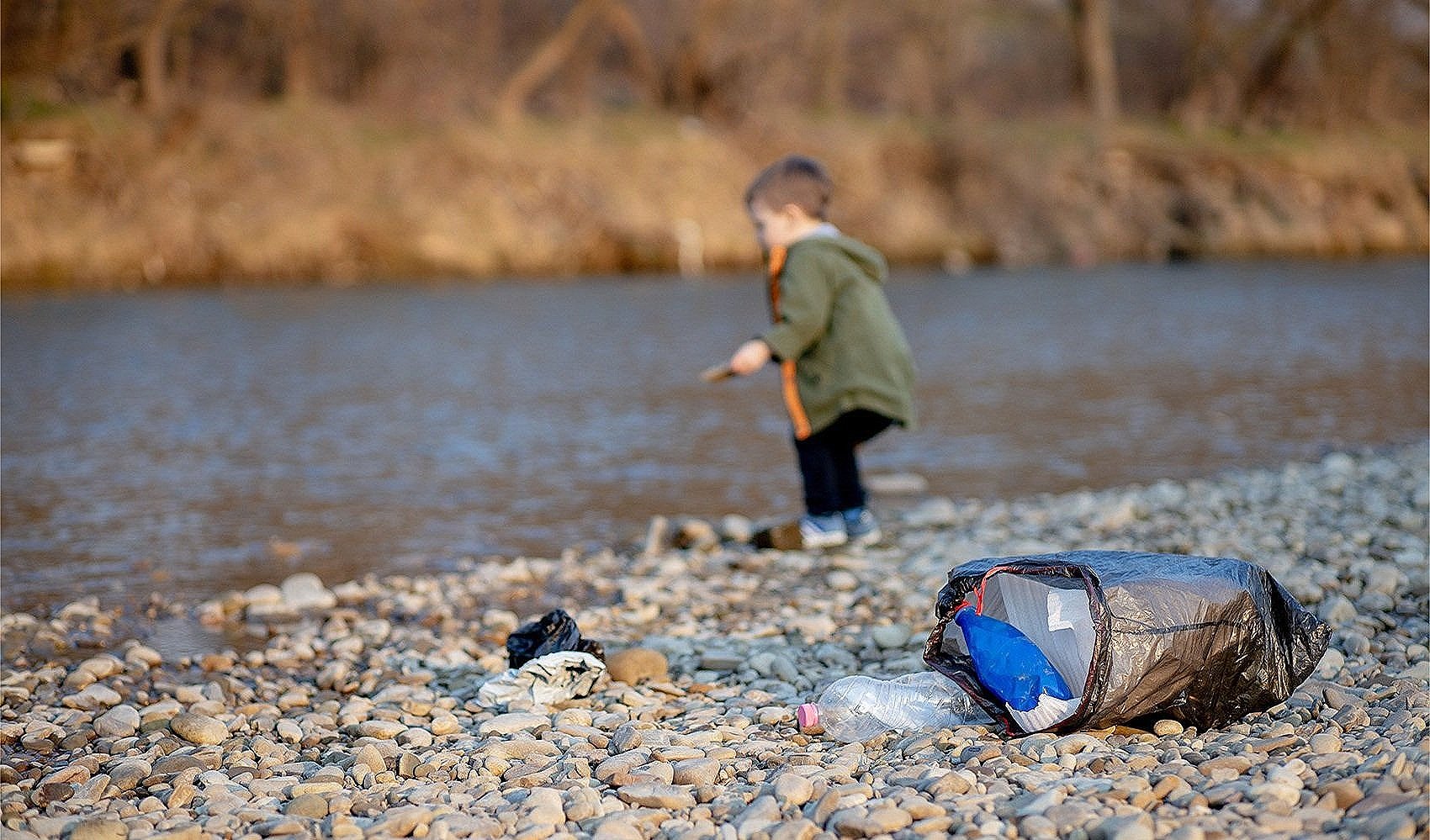
thinking design for people and the planet
cia is a design partner to ambitious manufacturers bringing new ideas to life, insight-driven and sustainably made.
the tree sustainably designed + made in oregon
what things endure?
the challenges posed by climate change require a paradigm shift towards more sustainable and conscious consumption. new circular systems (cradle-to-cradle) probe the enduring environmental and social impact of design, materials, production, labor, and distribution. through big system changes and small personal efforts, we can begin to secure a healthier and more equitable planet for the future.
free download
services
the modules below are tailored to businesses creating new products and experiences for the ways we live, work, and learn.
-
shift thinking, break open ideas, and explore potential markets.
envisioning framework / plan
design research for insights
emergent trends discovery
new materials research
circular / sustainability strategies
generative rapid prototyping workshops for insights
-
define the breakdown.
research / probes
collaborative workshops
construct insights
eco-metrics / targets
market landscape / opportunity
breakdown defined
concept / design brief
technical / I.P. opportunity
-
bring the ideas to life.
breakdown refinements
stakeholder inputs
concept design
industrial design
technology integration support
design control documents
cmf / eco-metrics support
prototypes / testing support
product eng. support
pre-launch marketing support
-
factory readiness and ignite the market.
m/eng alignment / kpc reviews
factory pilot / first articles review
product narratives / relay
eco-metrics benchmarks
image / media support
creative direction
launch strategy / plan
showroom plan / design
exhibition plan / design
-
integrate sustainability into the product design + development process.
build the lifecycle / eco-objectives
new production methods (soft/hard)
platform strategies
carbon metrics targets
waste / resource targets
material yields / standards
manufactuting / operations inputs
process guidebook
cmf research / reviews
testing / compliance targets
about
cia (chi-a) is an american designer based in portland, oregon. her international career spans the creation of objects, products, furniture, lighting, spaces, and exhibits. she has held senior positions guiding design, engineering, and marketing teams for manufacturers recognized as leaders in design and sustainability. her aesthetic austerity, born from her new england roots, is balanced with the poetics of her progressive italian training. in addition to her product work, cia has developed audience-winning exhibits for science, technology, and children’s museums in the u.s. and beijing, china. she is a frequent teacher and guest lecturer with degrees in industrial design from pratt institute in brooklyn and milan’s domus academy. cia’s design work has been exhibited at the salone del mobile, euroluce, the milan triennale with isao hosoe, and group exhibitions in new york, miami, and portland.

-
moderation is one solution. use less, consume less, and waste less.
-
treat people and the planet with care and respect. guide children with love.
-
artisanship brings beauty, function, and emotive connections to things worth keeping.
-
nothing great was achieved without a curious mind.
-
consider the broad context and long-term consequences of our actions so future generations inherit a vibrant planet.
values
stories
thinking design for people + planet

what story will we
tell the children?
our products are outliving us in the oceans, air, and soil. why add more things to an already polluted world? as circular systems and bio-based solutions emerge, still in their infancy, is there an opportunity to reduce consumption altogether?
a frequently cited fact is that by 2050, there will be more plastic in the world’s oceans than fish. still, the expected increase in the global production of future plastics is enormous.
how might we change our ways? we can begin by ending single-use plastics that cannot be recycled.





